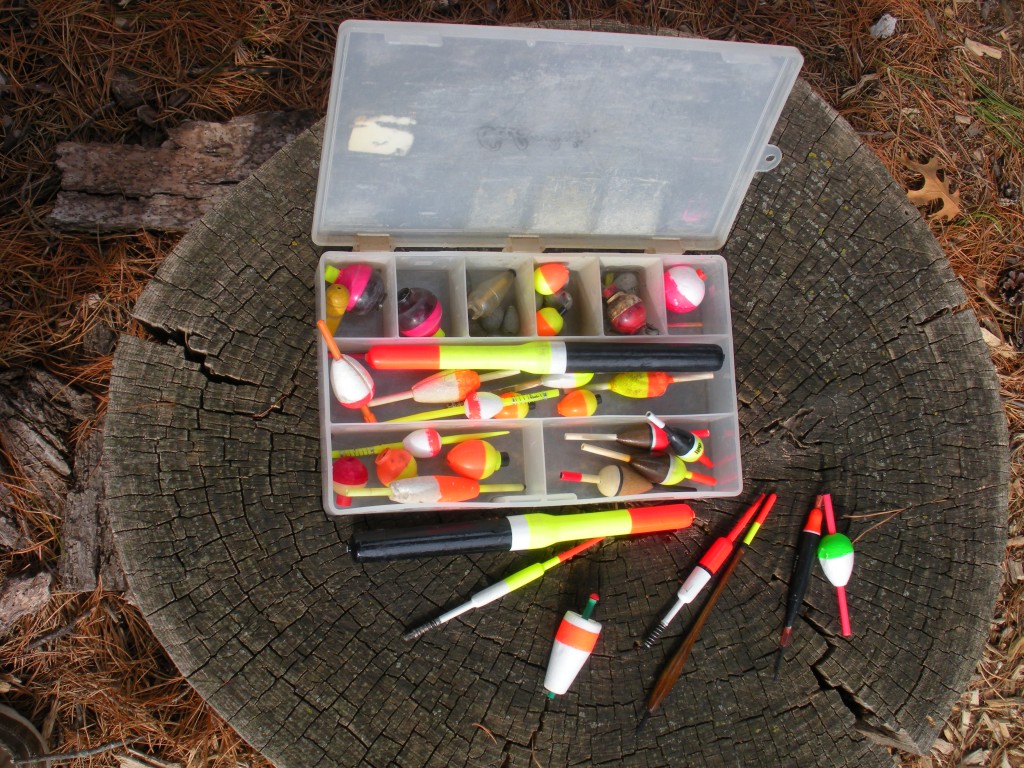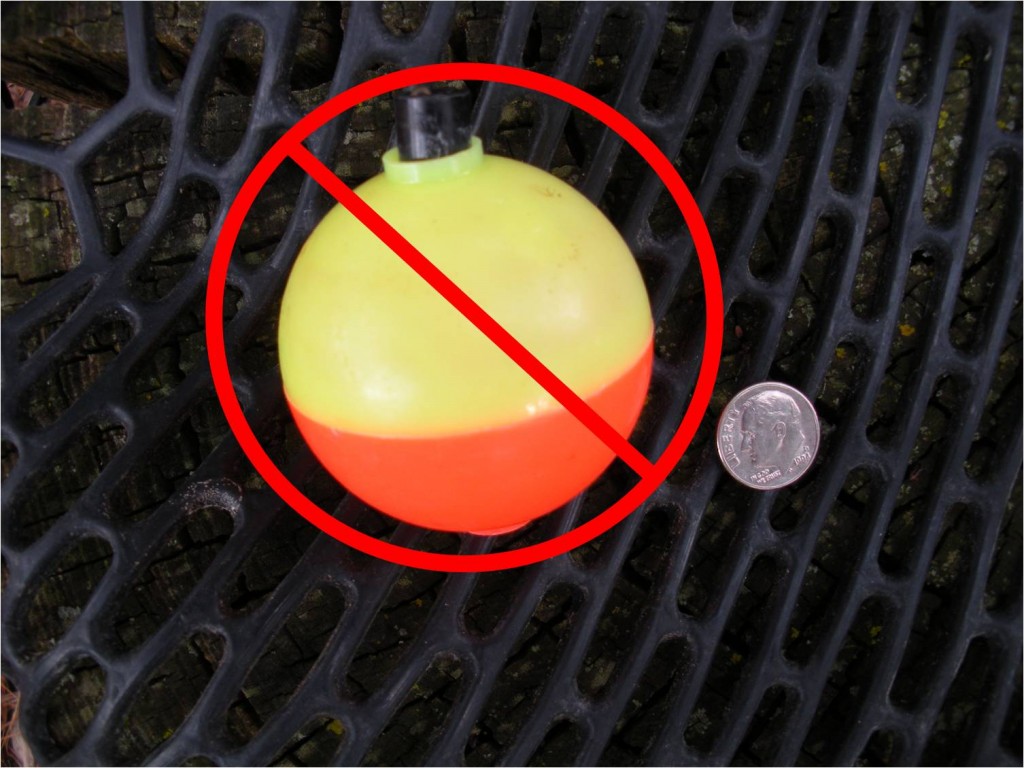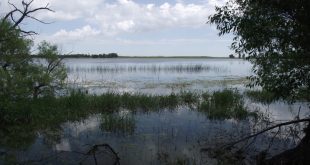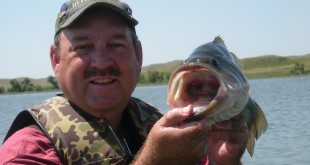If your ice-fishing season is not over, it soon will be. At this time, many Nebraska anglers are chomping at the bit to do some open-water fishing. On the eve of a new open-water fishing “season” many of us like to plan our strategies, pick out new lures we would like to try, think about new techniques we would like to master. Maybe you have thought about learning how to drop-shot for bass this year, troll lead-core for walleyes, learn to fly-fish or _________________________ (fill in the blank, I know you have been thinking about it). While you are thinking of what you would like to try this coming year, what new baits or techniques you plan to experiment with, I want to propose that you go back to an old favorite, return to your roots. How about trying some bobber fishing?
I know exactly what some of you are thinking, especially those of you that consider yourselves to be “pretty good sticks”–“Yeah, right, bobber fishin’ is for kids/beginners” (e.g. http://magazine.outdoornebraska.gov/2012/05/kids-system/ ).
No it ain’t.
There is an infinite variety of bobbers available to anglers today. They come in a wide variety of shapes, sizes, and uses. I am betting that at some time this year, regardless of where you fish or the species you fish for, that a bobber would not only be a good tool for helping you catch more fish, it would be the BEST tool. I have a whole box in my 50-pound tackle bag devoted to bobbers.
Admittedly, some of those bobbers do not get used a lot. Some of them are specialized tools for specific fishing situations. For example, there are some big slip bobbers in that box that are used only if I want to fish large live baits for flathead catfish. There are slip-bobbers and even a popping bobber in that box that only get used in certain situations, but when I need them I have them. About the only bobber I never use is one of those big ole round bobbers that are as big as a beach ball.
Fundamentally, bobbers are used to suspend baits at a certain depth, and to indicate bites. I am not going to ramble about the form and function of each one of those bobbers, but there are two basic types. There are bobbers that are attached, fixed to your line, and there are bobbers where the bobber can freely slip, slide, up and down the line. Again this is basic and a general rule of thumb: I generally use the fixed-type bobbers when I am attaching that bobber at a relatively short distance above my bait, the length of my rod or less. If I want the float to be farther above my bait, more than a rod’s length above it, then typically I use some type of slip-bobber. For those of you who are not familiar with slip bobbers, they are free to slide up and down the line and then some kind of bobber stop is placed on the line where you want the bobber to be positioned. An extra piece of scrap line, string, or a piece of rubber band can be used to tie a bobber stop, or if you prefer, there are commercially-made bobber stops that are available. I like the neoprene or rubber bobber stops myself. . . .
I wanted to mention bobbers as a very useful fishing tool now because that is especially true at this time of year–early spring. Honestly, I consider early spring to be some of the hardest fishing of the year. We all have spring fever, we all want to be on the water, but in early spring the water is still relatively cold, the weather is schizophrenic, and the fish can be tough to catch. With cold water and fish in a negative or at best neutral feeding mood, it is often necessary to fish slow, to fish vertically, to put a bait in their face and keep it there until they decide to eat it. By the way, for you anti-ice-anglers, that is exactly why I pray for the ice to last as long as possible–it is a lot easier to present baits in that fashion through a hole in the ice than it is in open water, but I digress . . . . In many early spring fishing situations suspending baits below bobbers might be one of the most effective ways to slow down and present baits in a fashion that will trigger some fish to bite.
Let me give you a couple of relevant examples.
Crappie anglers know that there are an infinite variety of small jigs that are very productive crappie baits. Usually those baits are productive if cast and retrieved at a relatively steady, slow pace. However, there are days when the crappies just do not want to chase those small jigs no matter how slow you retrieve them. Often an angler can fix a bobber on their line above one of those jigs, slow down, and be back in business.
Rivers, streams and canals, flowing water, can be some of the best places to fish in early spring for a variety of species. Fish in moving water are always related to the current, almost always facing into the current and positioned in locations where they can stay out of the main current flow yet feed on prey items that come drifting to them. One of the easiest ways to present baits in a natural fashion in current is to suspend them below a bobber and let the current drift the bobber and your bait right to the fish. When suspending baits below bobbers and drifting them in current, natural baits are used much of the time, but a person can also fish a jig below a bobber in flowing water. Or, maybe one of the best bets in early spring would be a jig tipped with some type of live, dead, or prepared bait (e.g. PowerBaits or GULP! baits, Berkley soft bait ) drifted below a bobber.
Those are just a couple of examples of how a bobber can help you catch more fish right now. There are a bunch more bobber applications that will work throughout the year. If you are a walleye fanatic, you better be using bobbers of some type at least in some situations. You bass anglers are reading this and blowing me off right now thinking there is absolutely no use for bobbers in your fishing. You can go ahead and believe that, but you will be wrong. Ever try whacky-rigging below a bobber? Of course panfishing and bobbers go hand in hand, but even for catfish anglers, bobbers can be a very useful tool and you should be using them if you are not. I could go on, there are bobber applications useful for fishing for almost every if not every fish you might pursue in Nebraska waters.
Presentations using some type of a bobber account for a ton of fish for me every year, a variety of fish, and big fish, not just panfish. I do not care who you are, or how old you are, it is always fun to watch a bobber bounce and then slip below the surface. We all know what that means–FISH ON! If you still have a stigma about using bobbers, if you just cannot convince yourself that you should be fishing bobbers at least part of the time, try this: Call ’em “floats” or “strike indicators” instead, it is what the fly-anglers do!

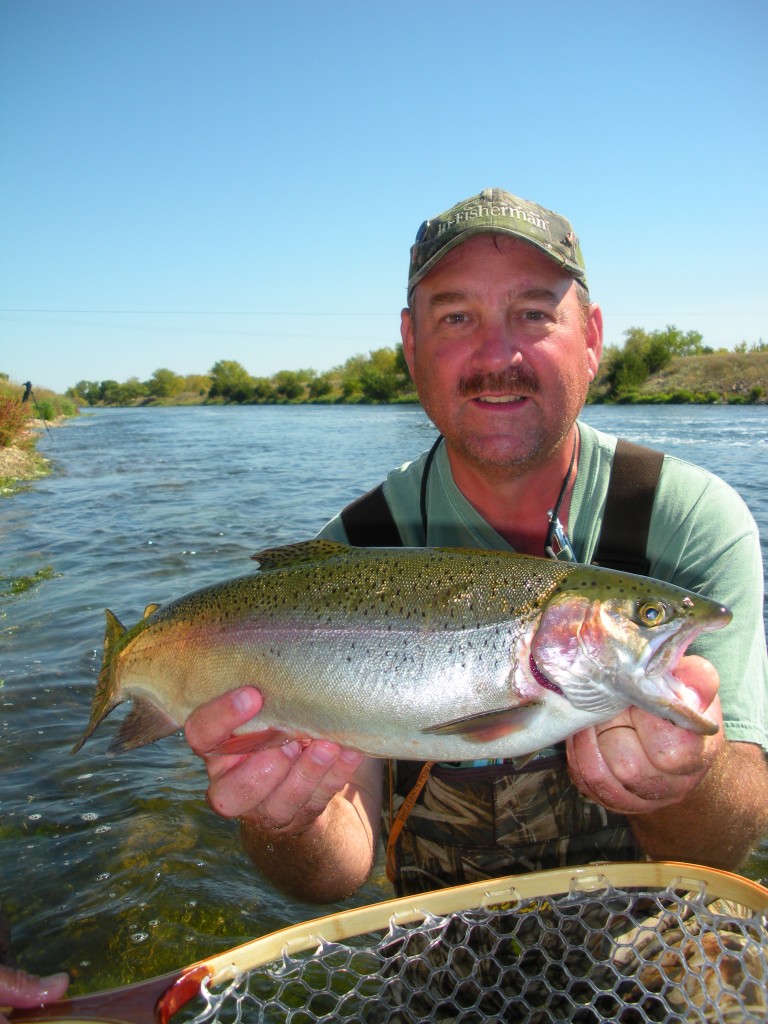
 Nebraskaland Magazine
Nebraskaland Magazine
